I’ve just returned from Japan in Feb 2020, and it truly was a dream holiday! It took me 5 months mainly out of excitement to curate what I should prepare for this holiday. I received Japan travel tips such as reservations, things to look out for, received advice from friends who lived there and then, of course, experiencing it yourself! That’s when you realise no matter how long you prepare, there will be things that surprise you along the way!
Here’s a list based on my own personal experiences on the things you must do and look out for before you fly off to Japan for a first-time traveller! Let me know in the comments if you have further questions or even your own Japan travel tips!
1. Is getting a JR PASS worth it?
JR pass is a tourist pass that allows unlimited rides on the Shinkansen (certain trains) and subway lines in mainly Tokyo, and some in Kyoto and Osaka as well. Buses and Ferries are allowed in some places as well but check it first before you jump on – sometimes it’s just a discounted price with your JR Pass.
Purchase the JR pass abroad and they will send you the ticket which you will activate in Japan itself and the time will start from the day of activation. I was toying with the idea of purchasing one as it is not cheap. I had 15 days in Japan in total.
My suggestion is, plan your itinerary well, and then go online to Hyperdia or Japan Rail Pass Calculator to check the prices of the train ticket for your route. Because it might actually be cheaper to do it solo without the JR pass. For me, I calculated it to be more or less the same price as getting a 14 day pass so I thought to get it and use it fully!
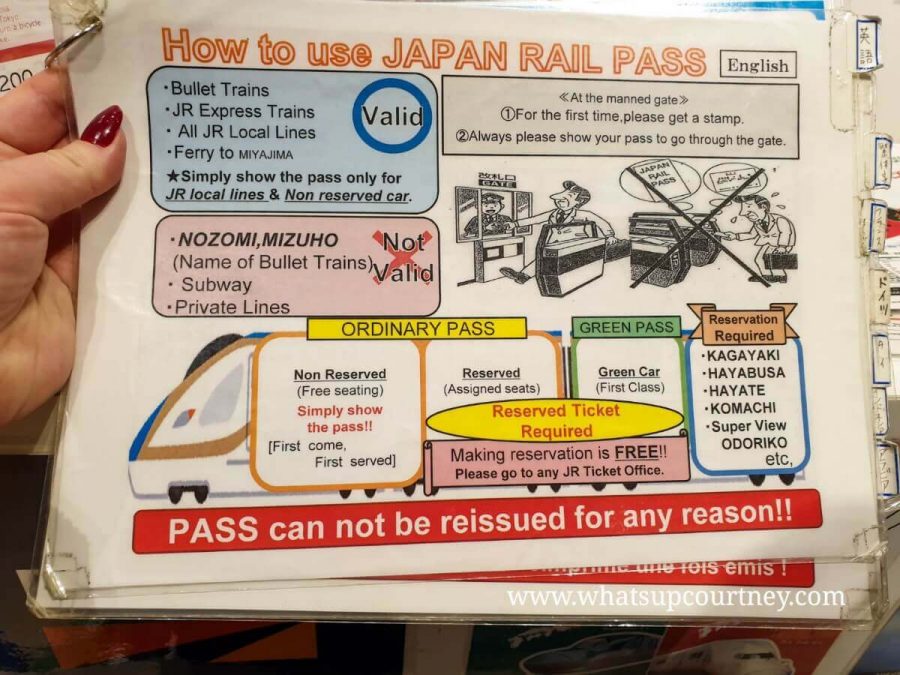
2. GET A SUICO OR PASMO CARD!
In addition to the JR pass or if you don’t have a JR pass, it is handy to get either a Suico or Pasmo card. They are a prepaid card which is very similar to the Oyster card. You pay 500 yen for the card and top up the rest. Make sure to claim your deposit back and the leftover Yen in the card at the airport- there is a small fee taken from the deposit money when you do this.
Suica is particularly useful in Kyoto, Osaka, and Hakone – you can use them on buses, subways, convenience stores, and vending machines (look for Suica or Pasmo sign) so you don’t have to carry too much money around with you.
Get the card either at the airport when you land at the subway station. There’s always an option for English on the machine and its very straightforward.
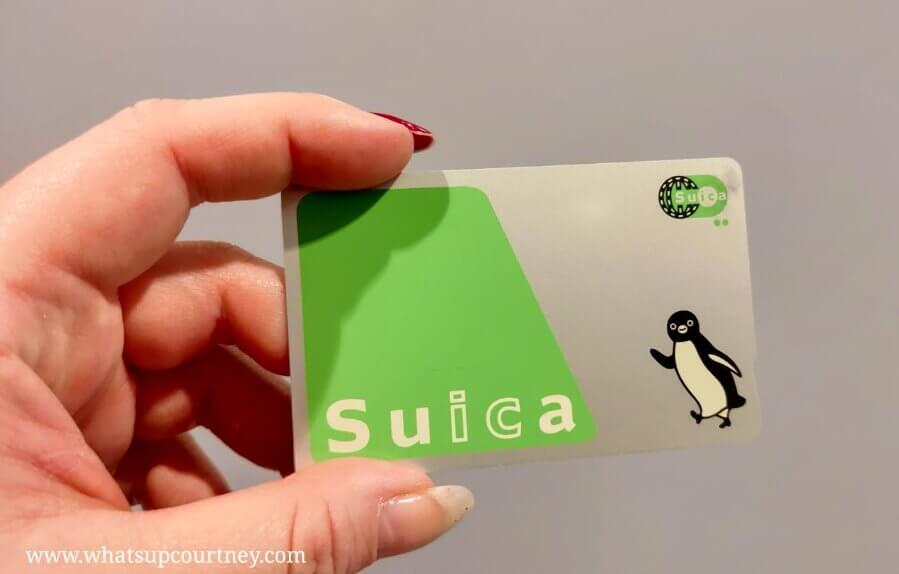
3. Can you bring a big Suitcase on Shinkansen or Subway trains?
One of my biggest worries is getting on the subway (underground train) and the Shinkansen and not finding a space for my massive suitcase!
If you are arriving at Narita Airport, you can take the Narita Express to Tokyo Station and swap to the subway. It’s free with the JR pass or around 6000 yen for 2 passengers. On this train, there are designated suitcase space rack with an inbuilt lock and key code (so cool!). Or there’s so much legroom, you can place them in front of you.
On the Subway, it depends! Like any underground trains, keep to the side and be aware of people getting on and off.
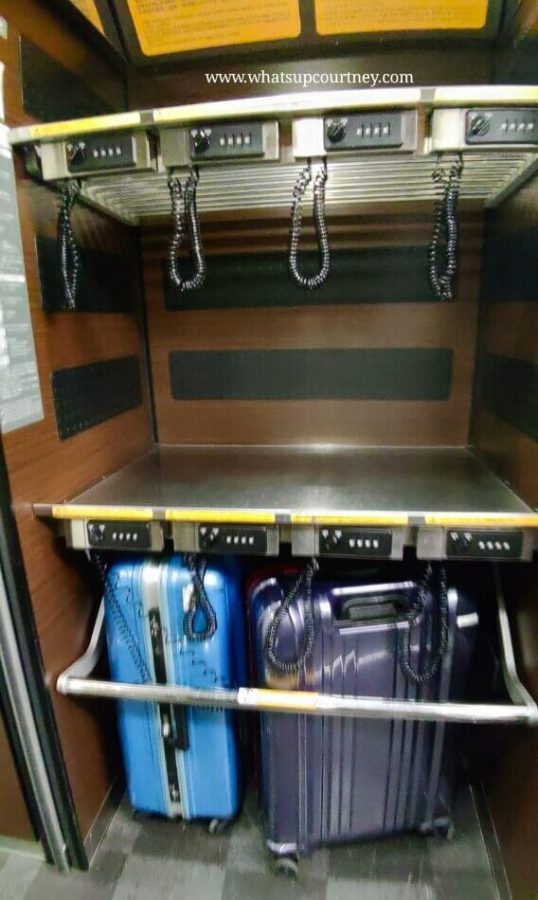
For the Shinkansen, on the 2 trains I have taken, there wasn’t a designated suitcase rack. However, if you inform the conductor first, you can place your suitcase at the back of the seat right at the end of the carriage by the door. However, if you leave it without informing the officials, they will confiscate it as an unattended bag.
A great alternative is the space above your seat does fit a big suitcase. My bag was 75cm and weighs 25 kg and it fits on top! Please make sure you don’t drop it on your head whilst putting it up there.
There’s a big amount of legroom and you can easily fit your suitcase between your legs or under.
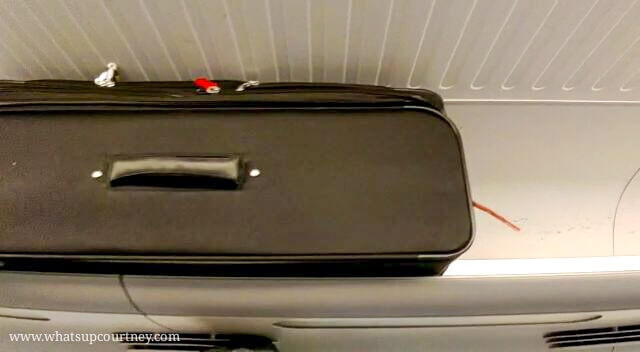
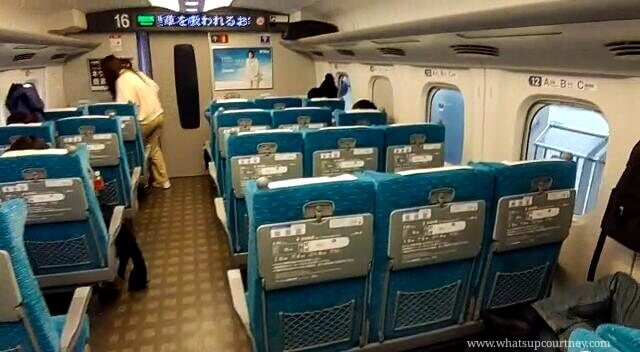
4. To get a portable WIFI or SIM card?
If you do decide to get a JR Pass, the JR tourist website also has the option to purchase a SIM card and have it delivered to your house. I missed this opportunity, so when I arrived at Narita airport, there were a number of vending machines selling sim cards depending on data and days.
I purchased mine at the JR tourist office, a Mobal sim card that is data only for 16 days – Tethering is possible and no data restraints even if you’ve used too much.
- 8 days Unlimited Sim Card – 4390 Yen Tax included
- 16 days Unlimted Sim Card – 6590 Yen Tax included
I find having a Sim card more convenient, as I read having portable wifi needs to be charged. Not convenient if you’re out literally 15 hours a day.
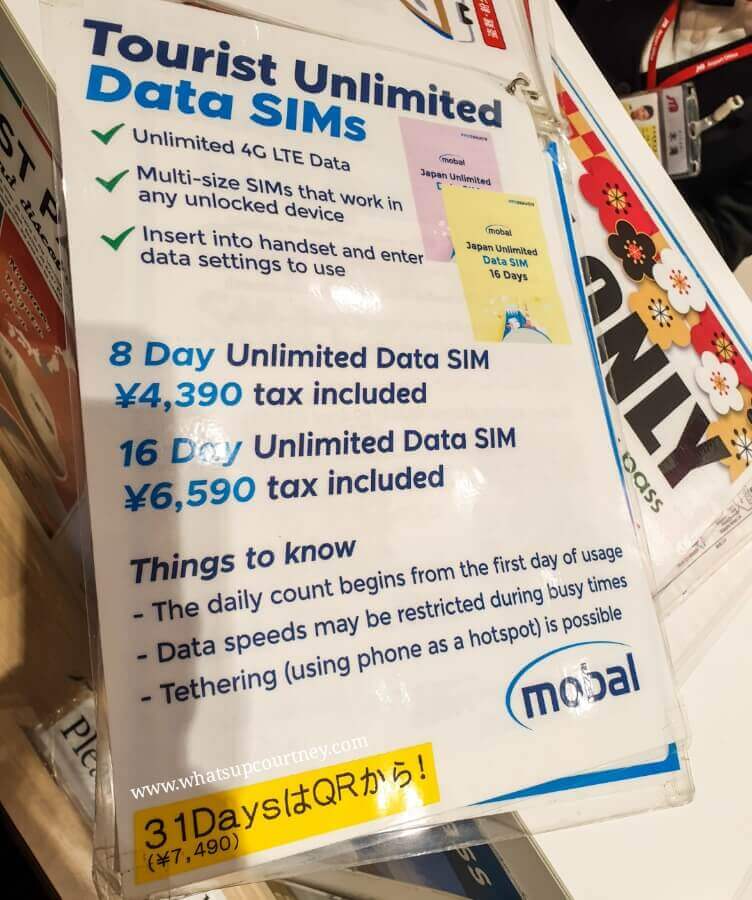
5. Taxes and carrying Passport
Japan’s goods and food prices are quoted without tax included. Keep in mind when you see a price in a shop, there will be a separate price beneath it which will include the tax. Tax is currently at 10%, and in Donki or bigger shops, there are designated cashier desks to claim your tax back. So it’s worth it to bring your passport with you when you’re out shopping or buying souvenirs. Can’t hurt to ask!
The loveliest thing is the shop assistants will check if the item you’re purchasing is allowed into your own country. For example, if you’re purchasing Sake or maybe a Ninja item or Katana as a souvenir – they will check their list based on information from online and customer feedback if you are allowed to take it through customs – so it is at your risk if you are to bring them back with you.
7. Booking Hotels and Accommodation tax
If you are like me and scour online for hotels at the best location and price, you will find and realise at some point that Japanese hotels charge hotel room by a person. Yes, you read that right!
If you are to book a hotel room via the hotel website, they charge per person for the room. This is in particular to Ryokans as well, and then the percentage of tax on top of it.
Booking hotels via Agoda or Booking.com is per night so that is still normal. And if you are in Tokyo and looking for a place to stay, I can recommend staying at Candeo Hotels at Shimbashi and this area is by the JR line and easily accessible to the famous landmarks and districts.
And depending on where in Japan, Hotels charge Accommodation Tax when you check-in. In Kyoto, 200 yen per night for a room less than 20000 yen per person. If the price of the room is between 20k and 50k, it is 500 yen per night per person. More than 50k Yen, it will be 1000 yen.
8. Pre Booking Tickets
If you are a huge fan of Ghibli like myself or if you are wanting to visit TeamLab Borderless after seeing the beautiful installations on Instagram – You should consider getting the tickets beforehand.
Studio Ghibli tickets are released every month on the 10th for the next month. The best place to get it is at the Lawson website because the others tend to be for big groups or tours. Get them early morning because they get snapped up very quickly!
For Teamlab Borderless, you can purchase them on the day you are there, however, it’s faster to purchase it before heading to Japan. Tickets get released a couple of months in advance, and each ticket is for the day itself so there’s no set time.
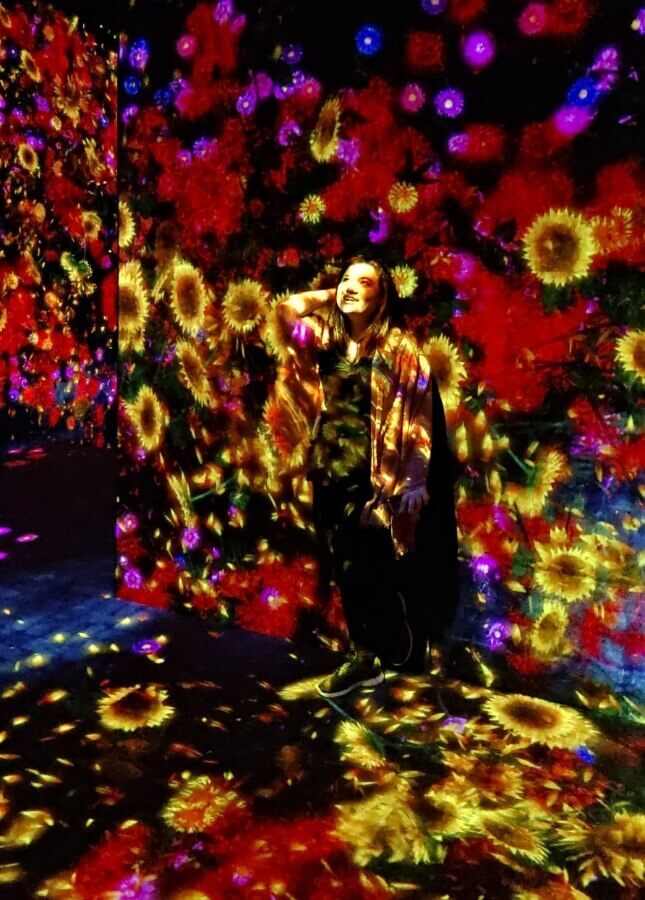
9. Cash is King!
You read it right, cash is still king in Japan. Especially for ramen shops and street food places. You can easily use a Suica or Pasmo card at convenient (Konbini) shops and vending machines as well. Bigger shops in shopping malls do have card machines and some ramen shops as well but rarely.
Check currency rates from months prior, and always shop around. I actually like this because you are budgeting your spending for your entire trip. I satisfyingly didn’t use my card at all during this trip!
And bring a coin purse or bag, you will end up with a lot of coins! And don’t worry, at Narita airport, there is a coin changing machine which converts yen coins to vouchers or for charity.
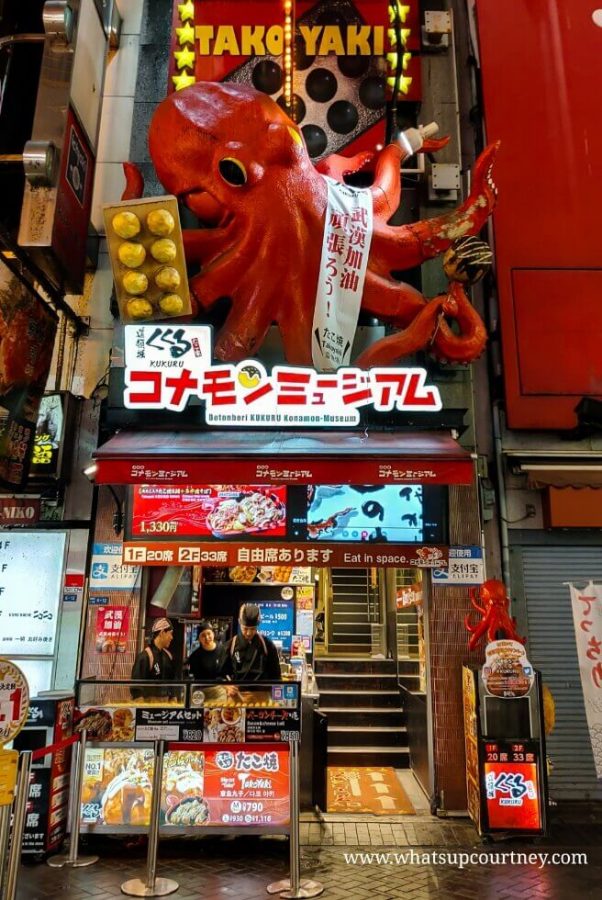
10. Learn some basic Japanese words
For my last Japan travel tips here is the basic language. If you are worried about communicating with the locals, don’t worry! They are very helpful. A little understanding of Japanese does go a long way. Alternatively, Google translate works like a charm! Be sure to type in either a word or the proper sentence otherwise Google will go crazy in its translations.
Some useful words to know:
Thank you – Arigato Gozaimasu
Excuse Me – Sumimasen (Say this before asking someone a question – to get their attention)
Sorry – Gomen / Gomenasai
Good Morning – Konichiwa or Hello – Ohayou Gozaimasu (It’s lovely when random people say this in the morning when they see you)
Osusume wa nan desu ka? – What do you Recommend? (Very useful in restaurants)
Hope this list helps you before your trip to Japan!
RELATED READING:
1. Relax and Indulge at Candeo Hotels Osaka Namba (review)
2. Candeo Hotels Shimbashi Tokyo with Sky Spa
Courtney xx
Twitter | Facebook | Bloglovin | Instagram: heywhatsupcourtney
FIND THIS USEFUL? PIN IT FOR LATER!
10 Must-know Japan Travel Tips & Advice
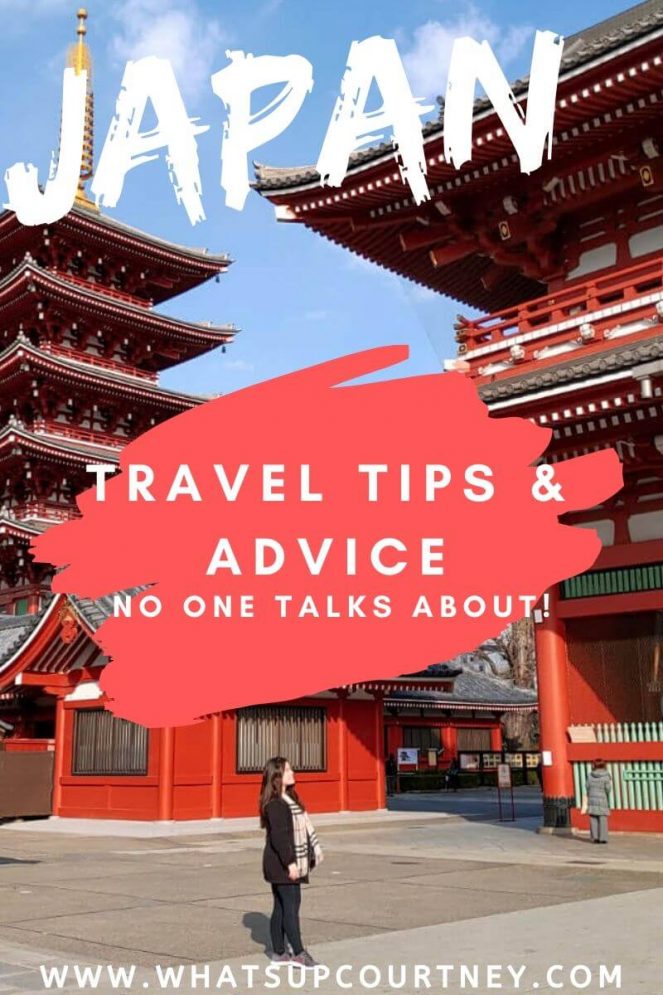

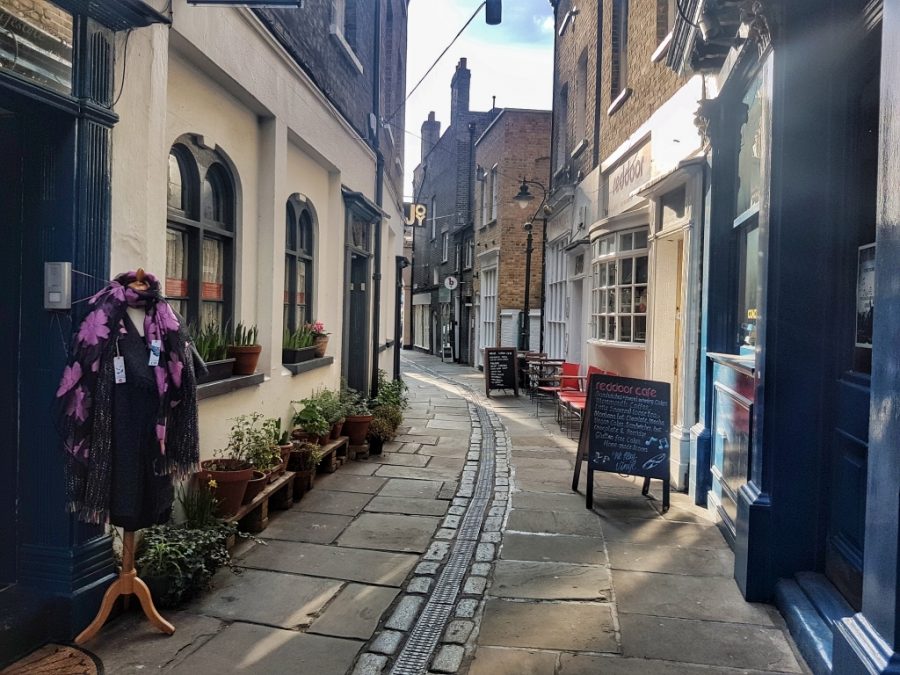
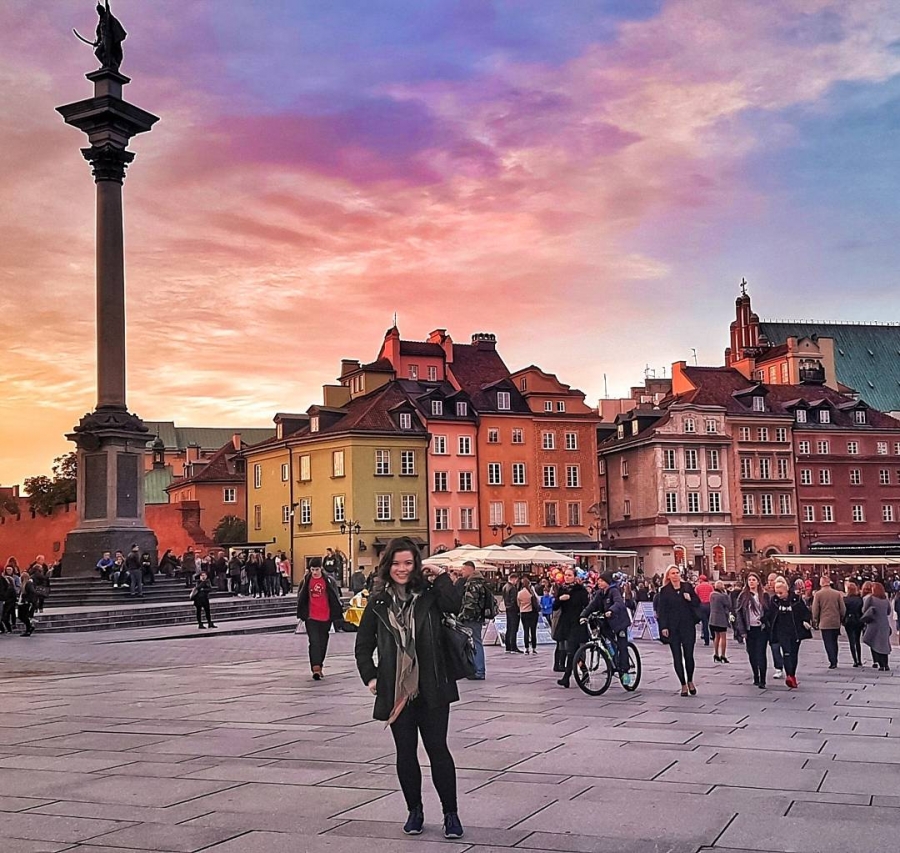
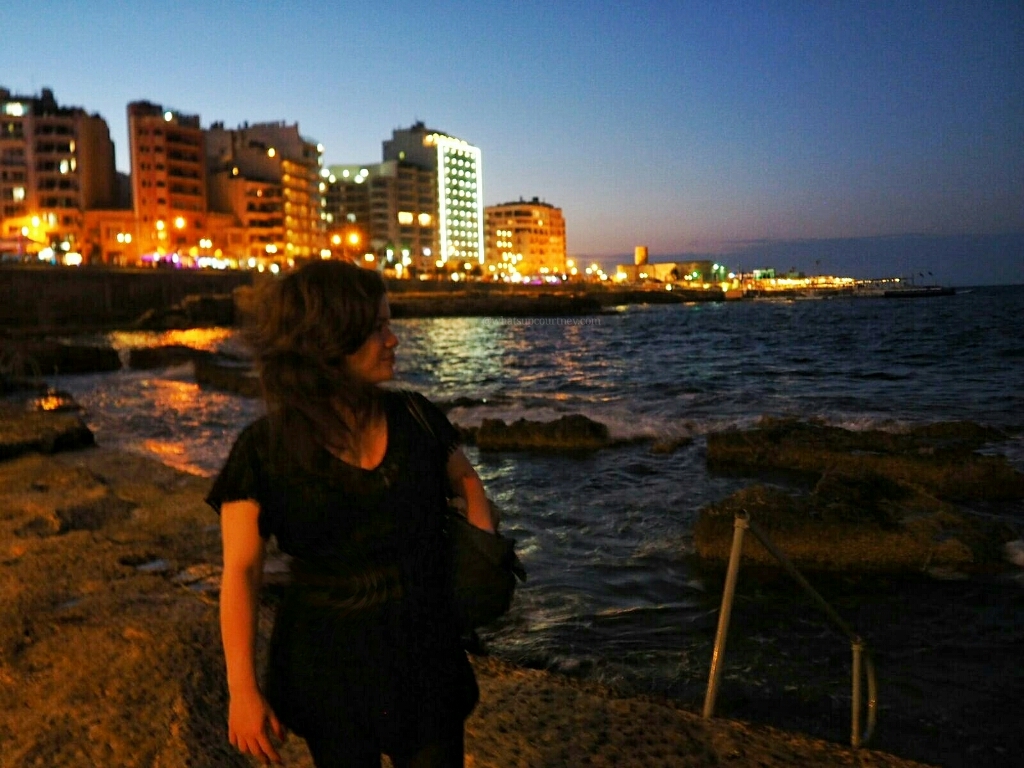
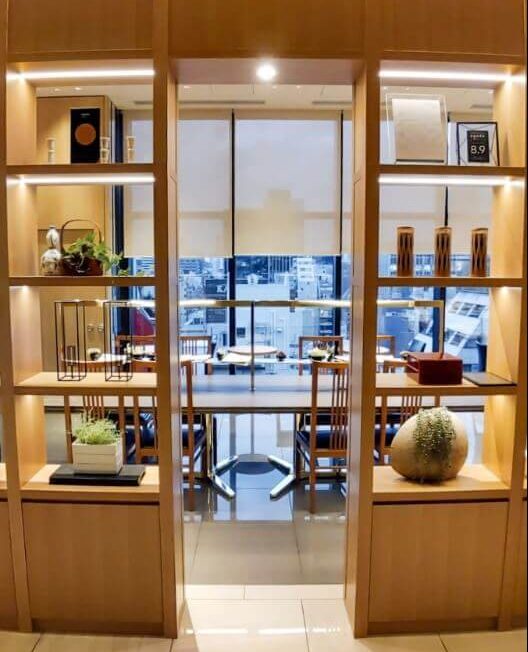
Great advice, esp about the lack of a dedicated luggage area on most bullet train service. (I’ve seen many tourists in a fix about this). For myself, I usually do as you recommend, use the overhead compartment or if the ride is briefy, keep my bags between my legs.
I’m lucky I’ve found your post as I’m travelling to Japan soon and still have no idea about some of the things you mention here. Thank you for sharing. 🙂
ohh I’m so excited for you! Which cities are you visiting? If you need any advice or help, just shoot me a message! More importantly, have the best time and eat everything!
Really useful tips, thank you! We’re going to Japan for the first time next spring. We’d always just thought to use the JR Pass; we didn’t realise that it actually might be cheaper to go without. We’ll be sure to double check this before booking any tickets 🙂
Oh that’s exciting! Plan your route as well as you can, the links I provided are pretty accurate especially with the train times. You might not actually need it if you are only planning to stay in one city and do day trips. Cause JR is only one line company and to use the other lines, you’ll need either the Suica or Pasmo card.
Very useful guide. I’m planning to visit Japan in a few months time, so I can’t wait. For the shinkansen does it matter if you book your seats or not?
Yay! You’ll have the best time! You can book it, better to do it before the time or day you want to leave – however if you leave it too late, there is a chance it might be fully booked at peak times or if you’re travelling as a couple or in a group, you might not be able to get seats together. They also have unreserved carriages which are simple to find (check the board for the numbers), just come early and queue and find a seat. HAVE FUN!
Great article with some really helpful tips. Always boggles my mind that cash is still king in Japan. Also love the tips about rebooking tickets and getting a sim.card.